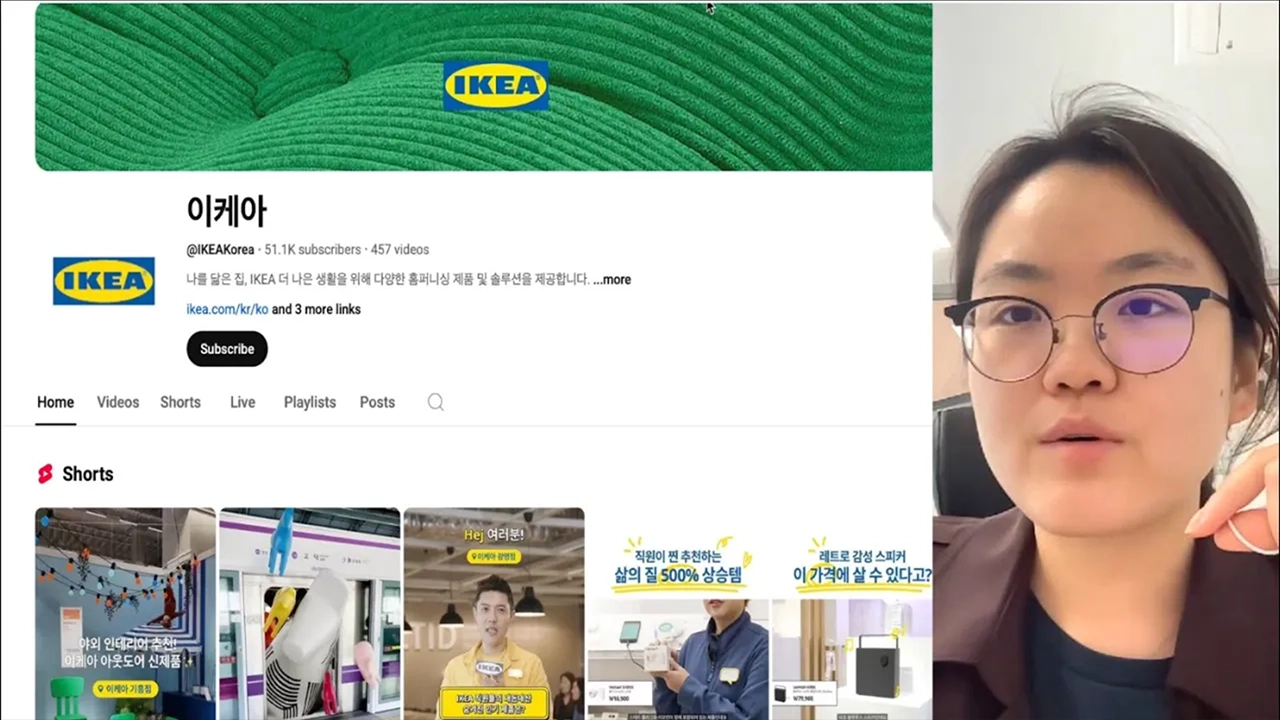Launching a new product in an unfamiliar market can be daunting, especially if you’re building from the ground up. Today, we’ll explore the essential elements of a go-to-market (GTM) strategy through a real-life case study.
In the mood to watch? Click here for the full, uncut video guide!
Understanding the Basics of a Go-to-Market Strategy
Whether you’re a startup with minimal brand presence or an established company looking to enter a new region, defining your GTM strategy is vital.
Here, we’ll walk you through a case study of an e-commerce client who needed to establish their brand and sell their products. They faced challenges in targeting, brand positioning, and audience conversion, and with our support, created a clear, effective GTM roadmap.
Case Study: Building a GTM Strategy from Scratch for an E-commerce Brand
Initial Challenges
Our client was an eCommerce brand with no existing customer database or solid brand strategy. While they had experienced some success online, they had not built an online presence or tracked marketing data effectively. Here’s a look at the major challenges they faced:
The client is starting without any prior insights on customer behavior and interests.
No defined brand message or effective marketing tools in place.
Limited knowledge of who would benefit most from their product.
With a selling price of $200 per month, we needed to carefully position the product to convey its premium value.
These challenges set the stage for our multi-phase strategy, focusing on unique positioning, precise targeting, and a customer-centric content strategy.
The Key Steps to Crafting a Winning Go-to-Market Strategy
1. Defining the Unique Selling Proposition (USP)
To stand out, you need a clear USP. Without one, your audience won’t have a compelling reason to choose your product.
A compelling USP tells customers why they should choose your product over others.
For instance, our client’s product was a premium meal replacement powder priced at $200 per month, intended to support hair health—a unique but niche focus.
We identified key challenges the target audience faced regarding hair loss and lifestyle improvements, then positioned the product as a luxury wellness solution. This helped us differentiate in the crowded beauty market.
2. Target Audience Selection
Once we had the USP, we developed detailed audience personas to guide our content and ad targeting efforts. Knowing your audience is key to a successful strategy.
Based on SEO keywords, trending searches, and audience pain points, we created three detailed personas. Each persona included demographic and psychographic data, ensuring our messaging would resonate deeply with the specific needs of each group.
By addressing the challenges directly related to hair health and self-care, we connected the product with real-world issues that potential buyers were searching for.
3. Choosing the Right Marketing Platforms
Choosing the right platforms helps you reach your ideal audience effectively.
Our team identified high-impact platforms that would reach the brand’s ideal audience, focusing on social channels where beauty and wellness are prominent.
Based on our target audience demographics and psychographics, we focused on platforms where users are more open to luxury products—Instagram and Facebook.
Since budget was a concern, we prioritized high-impact platforms to avoid spreading the budget too thin.
4. Setting Up Marketing Tools for Social Media and SEO
We set up essential tools to manage social media and SEO, ensuring a seamless process:
Without prior data, we knew setting up tools for data tracking was crucial. We configured social media and SEO tracking tools to gather insights into audience behavior and adjust strategies accordingly.
5. Developing Content Topics and Pillars
Content is a crucial part of the GTM strategy, especially for social media. We created a robust content calendar to engage the target audience consistently:
We created 12 content pillars across three major categories to ensure consistent brand messaging and audience engagement. These pillars included blog ideas, social media posts, and other relevant content, all designed to inform and engage.
6. Marketing Process and Action Steps
To ensure success, we outlined a clear marketing process:
We created a checklist of action items to implement and track, such as weekly social media posts, email follow-ups, and promotional campaigns.
We provided specific guidelines on what to avoid, like overly generic messaging that might not resonate with a niche audience.
Final Results and Client Takeaway
After implementing our GTM consultation, our client was well-equipped to take their brand forward. While certain business constraints prevented the client from further leveraging the strategy’s end results, the insights gained from this strategy provided valuable clarity on building a brand presence from scratch.
Download the Full Case Study and More Resources
If you’re interested in a deeper look at this GTM consultation, feel free to download our case study collection! You’ll find more examples and templates to help you create your GTM strategy. Additionally, for a free template on audience analysis, check out these training resources.
Ready to Craft Your Go-to-Market Strategy?
By following this framework and adapting it to your unique business needs, you’ll be on the path to establishing a meaningful market presence and building lasting customer connections. A successful go-to-market strategy takes careful planning, audience insights, and consistent testing.
If you’re looking for expert guidance to make your mark, feel free to reach out to us at HY Marketing or turn in a work request form. Whether you’re launching a new product or testing a new market, we’re here to help make your brand’s entry a success.
P.S. Looking for a mini marketing audit? Click here to learn more!
Don’t forget to SUBSCRIBE to Our Newsletter for additional global marketing strategies!
Hyein
I’m an award-winning global marketing expert running HY Marketing in South Korea. We help businesses succeed in South Korea, Japan, and English-speaking markets through social media and Facebook ads.
your next big win?
This playbook cuts through the noise and gives you the blueprint to enter with impact.


